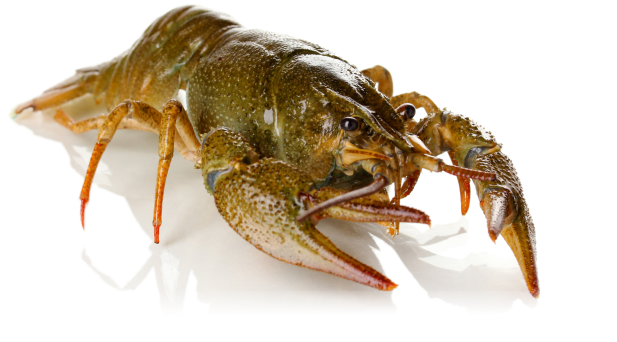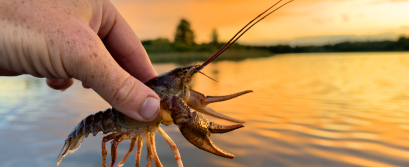Problem
Spiny-cheek crayfish F. limosus (Rafinesque, 1817), formerly Orconectes limosus, is a native species to Eastern North America.
20+
COUNTRIES
Faxonius limosus was introduced to Europe more than a century ago and was recorded in more than 20 European countries.
The initial expansion of F. limosus, across Europe was primarily driven by human actions. It was first brought into Poland in 1890 for aquaculture, serving as a replacement for the dwindling native crayfish species Astacus astacus. Subsequently, it was introduced into several European countries for similar reasons, such as Germany, France, Hungary, and Austria, all motivated by similar reasons.
Moreover, this species has the potential to be introduced accidentally through different means, such as being used as live bait, kept in aquariums (potentially in the UK). Accidental introductions can also result from fishing activities, such as being caught up in fishing nets.
Furthermore, natural spread has occurred through rivers and canals. Examples include spread within France, Poland, and Germany, from Poland to Belarus, and along the Danube River system in Croatia, Serbia, Slovenia, Romania, and Bulgaria.
From the end of the 19th century up to now, it has become the most widespread non-indigenous crayfish species in Europe, which was included on a list of IAS of Union concern attached to the EU Regulations. The first record of F. limosus in Serbia was in the Danube River near Apatin in 2002.
Nowadays, this species has established itself along the entire Serbian section of the Danube River and its tributaries. Considering available data and high dispersal rate of this species, it can be assumed that its invasive range in Serbia is more extensive than it is documented, with a tendency for a high degree of expansion in the future.

Negative Impact
F. limosus is an omnivorous species that feeds on aquatic vegetation, fish eggs and invertebrates, affecting in that way on biodiversity. This species shows several characteristics such as fast dispersal rate, capability of moving across land, rapid maturation, short lifespan, high fecundity and second mating period, which facilitate its fast population growth, giving it high invasive potential.
















